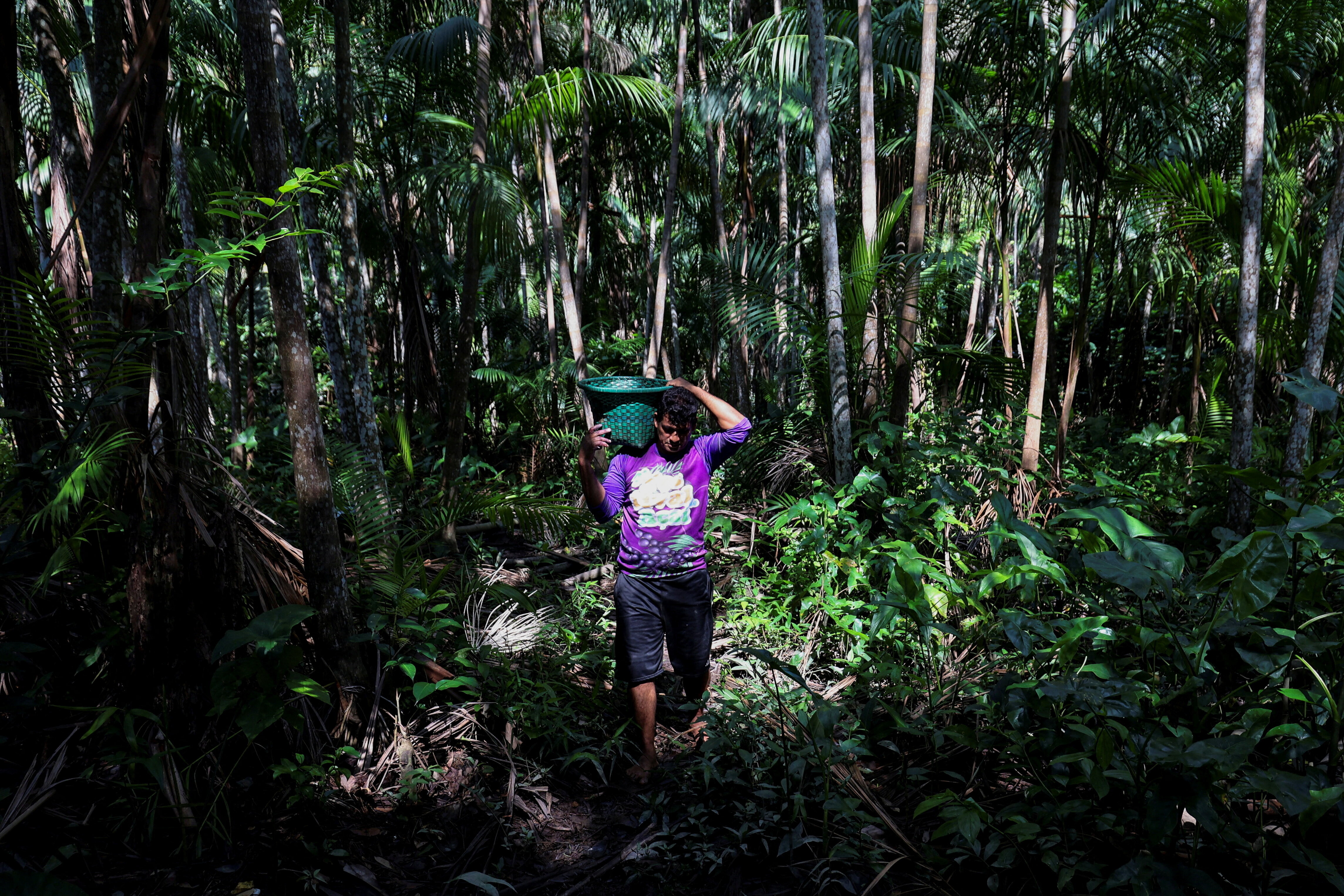Climate change could trigger internal migration of 216 million people - World Bank

Climate change is hitting the poorer parts of the world hardest.
Image: REUTERS/Aly Song
Stay up to date:
Climate Crisis
- 216 million people could be forced to migrate within their own countries by 2050 due to climate change, according to a new report from the World Bank.
- These climate migration "hotspots" will emerge as soon as 2030 and worsen by 2050.
- The poorest regions of the world will be most affected.
- This information highlights the urgency of finding and acting on climate change solutions before it's too late.
Without immediate action to combat climate change, rising sea levels, water scarcity and declining crop productivity could force 216 million people to migrate within their own countries by 2050, the World Bank said in a new report on Monday.
The report, Groundswell 2.0, modeled the impacts of climate change on six regions, concluding that climate migration "hotspots" will emerge as soon as 2030 and intensify by 2050, hitting the poorest parts of the world hardest.
Sub-Saharan Africa alone would account for 86 million of the internal migrants, with 19 million more in North Africa, the report showed, while 40 million migrants were expected in South Asia and 49 million in East Asia and the Pacific.
Such movements will put significant stress on both sending and receiving areas, straining cities and urban centers and jeopardizing development gains, the report said.
For instance, sea-level rise threatens rice production, aquaculture and fisheries, which could create an out-migration hotspot in Vietnam's low-lying Mekong Delta. But the Red River Delta and central coast region, where those people are likely to flee, face their own threats, including severe storms.
Conflicts and health and economic crises such as those unleashed by the COVID-19 pandemic could compound the situation, the bank said. And the number of climate migrants could be much higher since the report does not cover most high-income countries, countries in the Middle East and small island states, or migration to other countries.
What’s the World Economic Forum doing about climate change?
The report's authors say their findings should be seen as an urgent call to regional and national governments and the global community to act now to reduce greenhouse gases, close development gaps and restore ecosystems. Doing so, they said, could reduce that migration number by 80% to 44 million people.
"We're already locked into a certain amount of warming, so climate migration is a reality," said Kanta Kumari Rigaud, the bank's lead environment specialist and one of the report's co-authors. "We have to reduce or cut our greenhouse gases to meet the Paris target, because those climate impacts are going to escalate and increase the scale of climate migration."
Accept our marketing cookies to access this content.
These cookies are currently disabled in your browser.
Don't miss any update on this topic
Create a free account and access your personalized content collection with our latest publications and analyses.
License and Republishing
World Economic Forum articles may be republished in accordance with the Creative Commons Attribution-NonCommercial-NoDerivatives 4.0 International Public License, and in accordance with our Terms of Use.
The views expressed in this article are those of the author alone and not the World Economic Forum.
Related topics:
Forum Stories newsletter
Bringing you weekly curated insights and analysis on the global issues that matter.
More on Climate Action and Waste Reduction See all
Marco Lambertini and Marcelo Bicalho Behar
November 6, 2025
Lasse Bruun
November 6, 2025
Tom Crowfoot
November 5, 2025






